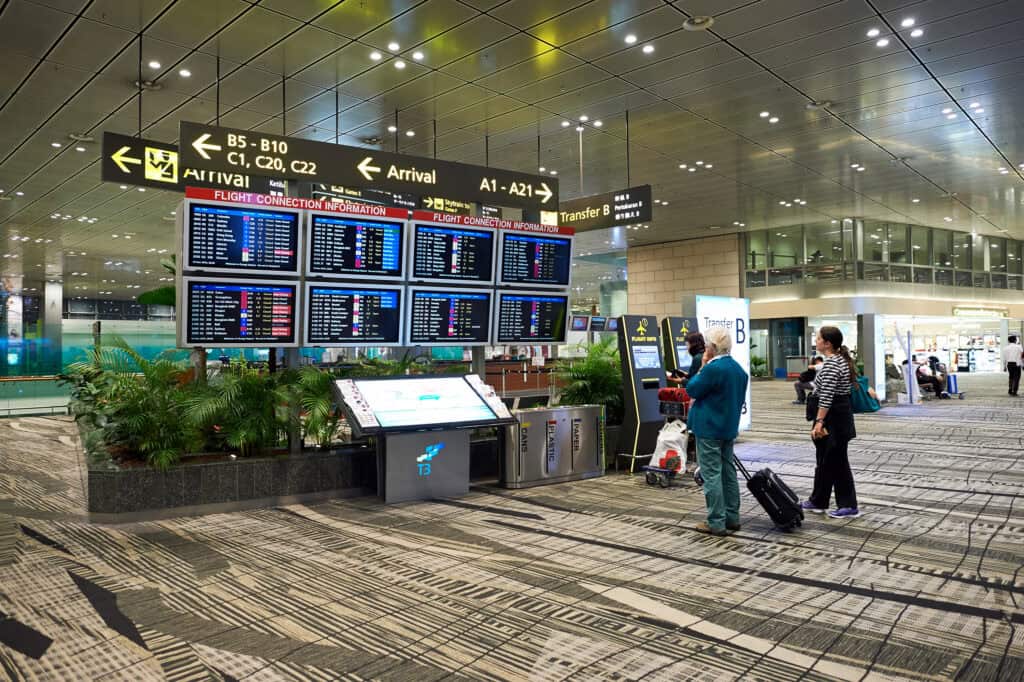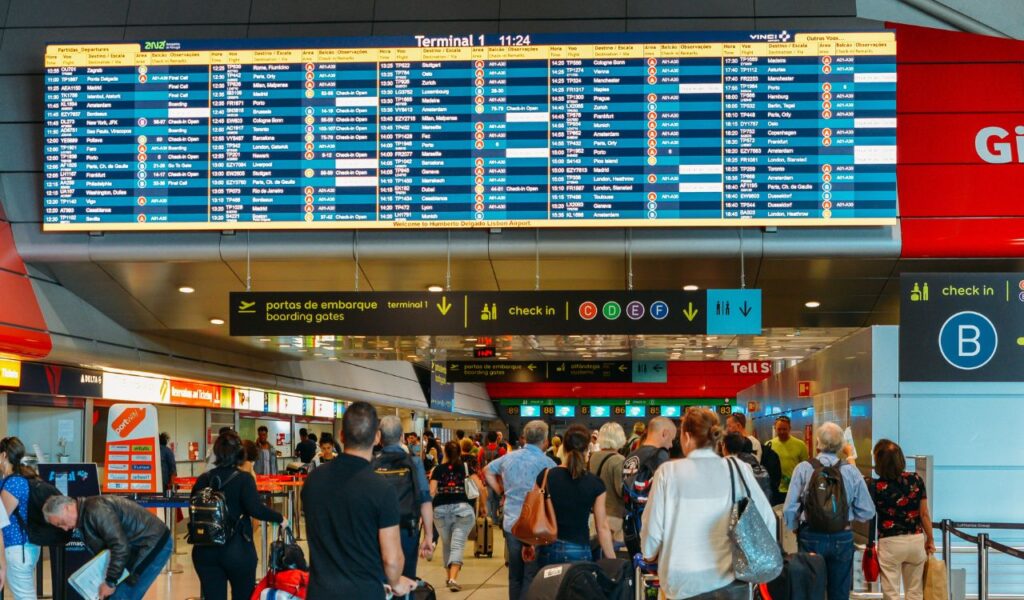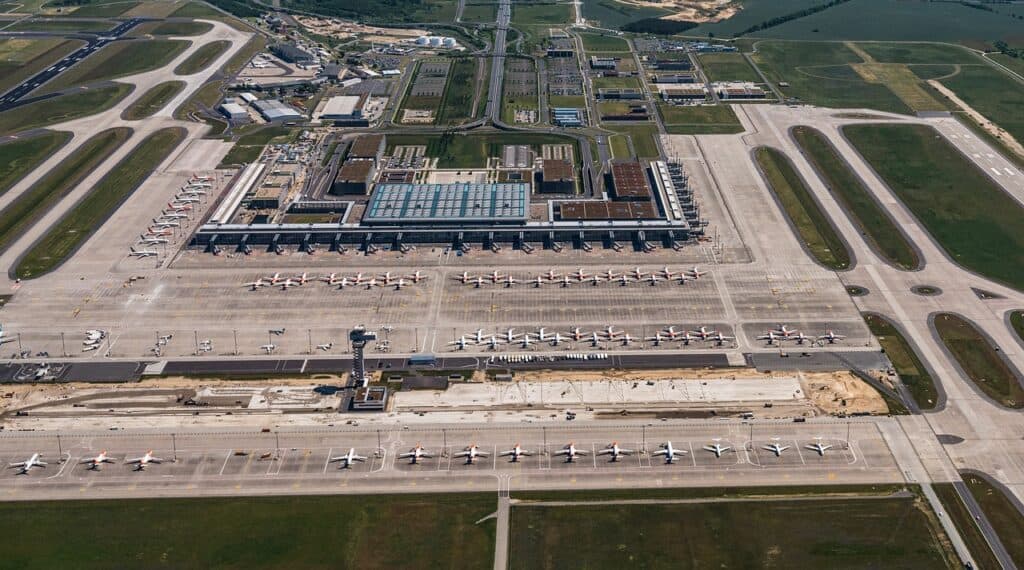We may earn money or products from the companies mentioned in this post. This means if you click on the link and purchase the item, I will receive a small commission at no extra cost to you ... you're just helping re-supply our family's travel fund.

Shutdowns, staffing crises, and abrupt operational freezes rarely erase every flight, but they unsettle the belief that national schedules are stable and guaranteed. Families, nurses, students, workers, and crews watch one missed leg decide whether weddings, contracts, funerals, and surgeries hold or unravel. In that tension, practical knowledge always beats outrage. Real control belongs to travelers who see how airlines defend core routes, read patterns early, trust calm voices, and answer disruption with clear, deliberate moves instead of scattered panic.
Understand How Shutdowns Reshape The System

When shutdown measures bite, priorities shift fast. Safety comes first, then core revenue routes, which means large hubs and major city pairs stay protected while thin regional legs and late night flights vanish. Understanding that hierarchy helps a traveler see which itineraries rest on solid ground: routes with multiple daily departures and partner carriers recover quickly, while a lone connection through a small field can collapse with one directive.
Spot Early Warning Signs Before Schedules Crack

Warning signs rarely arrive as one dramatic headline. They appear as repeated delays on the same route, formal notices about constrained staffing, and quiet reductions at named hubs. Travelers who watch those patterns can move early to sturdier connections or alternate airports while seats still exist. That habit turns risk into something mapped and manageable instead of a sudden, chaotic surprise shouted over a crowded concourse. It is less prediction than listening to what the system already shows.
Favor Strong Hubs With Real Backup

In disruption seasons, strong hubs act like safety valves. Airports with several carriers, overlapping routes, and rail or highway links nearby offer more options when schedules crack. An itinerary that passes through such a node, even with an extra stop, often recovers faster than a shorter path built on one small airport. The traveler who chooses resilience over minimal distance gains room to adjust without sacrificing the entire trip. That mindset treats connections as assets when pressure hits.
Book Clean Tickets That Can Be Saved

The structure of a ticket often matters more than its price. Bookings made directly with airlines, on one record with simple routing, move first when agents search for alternatives during shutdown chaos. Split tickets, fringe platforms, and long chains of separate reservations slow everything down. Clear fare classes, flexible rules, and obvious contact points turn a stressful conversation at the counter into a practical problem that can actually be solved.
Move Quickly When A Flight Is Targeted

Once a flight is flagged, speed with clarity becomes the best tool. A traveler who checks the app, steps toward staffed desks, and suggests realistic reroutes through stable hubs gives agents something concrete to use. Accepting nearby airports, earlier departures, or overnight options can secure a seat while others are still arguing. Specific, calm requests almost always move faster through a strained network than anger with no plan attached.
Use Ground Options As A Primary Strategy

When cascading delays erase connections, ground transport stops being a backup and becomes strategy. Rail corridors in the Northeast and parts of the Midwest, along with intercity buses and shared rides, often match the total time of short haul flights once security and layovers are counted. For trips under 400 miles, driving between hubs or state capitals can restore control. The journey shifts, but progress continues at a pace no departure board can cancel.
Handle Overnights And Costs With Structure

Unplanned overnights are where confusion quickly becomes resentment. Knowing the basic line between airline responsible disruptions and events beyond control helps frame expectations. When the carrier is at fault, vouchers, hotels, or meal credits may apply; when it is not, receipts, insurance, and careful records take the lead. Documenting names, times, and outcomes turns a draining delay into a claim with structure instead of a story that ends in frustration.
Make Information The Strongest Ally

Information is the quiet ally that keeps shutdown seasons from feeling like guesswork. Official apps, airport displays, and verified alerts reveal ground stops and shifting patterns faster than rumor ever can. Families that share itineraries, track each segment, and agree on clear triggers for switching to road or rail avoid frantic last minute choices. Clear facts cut through noise and guide decisions that protect both time and nerves. In a strained system, calm insight is real currency.
Carry A Mindset That Actually Travels

Shutdown turbulence exposes how much everyday travel rests on people in towers, cockpits, cabins, and control rooms holding fragile routines together. Treating them as partners instead of targets lightens the load when the system is stretched thin. Travelers who plan buffers, stay civil, and stay open to creative paths usually reach important moments with fewer scars. Grace under pressure becomes part of the journey itself, and often the clearest sign of genuine preparedness.